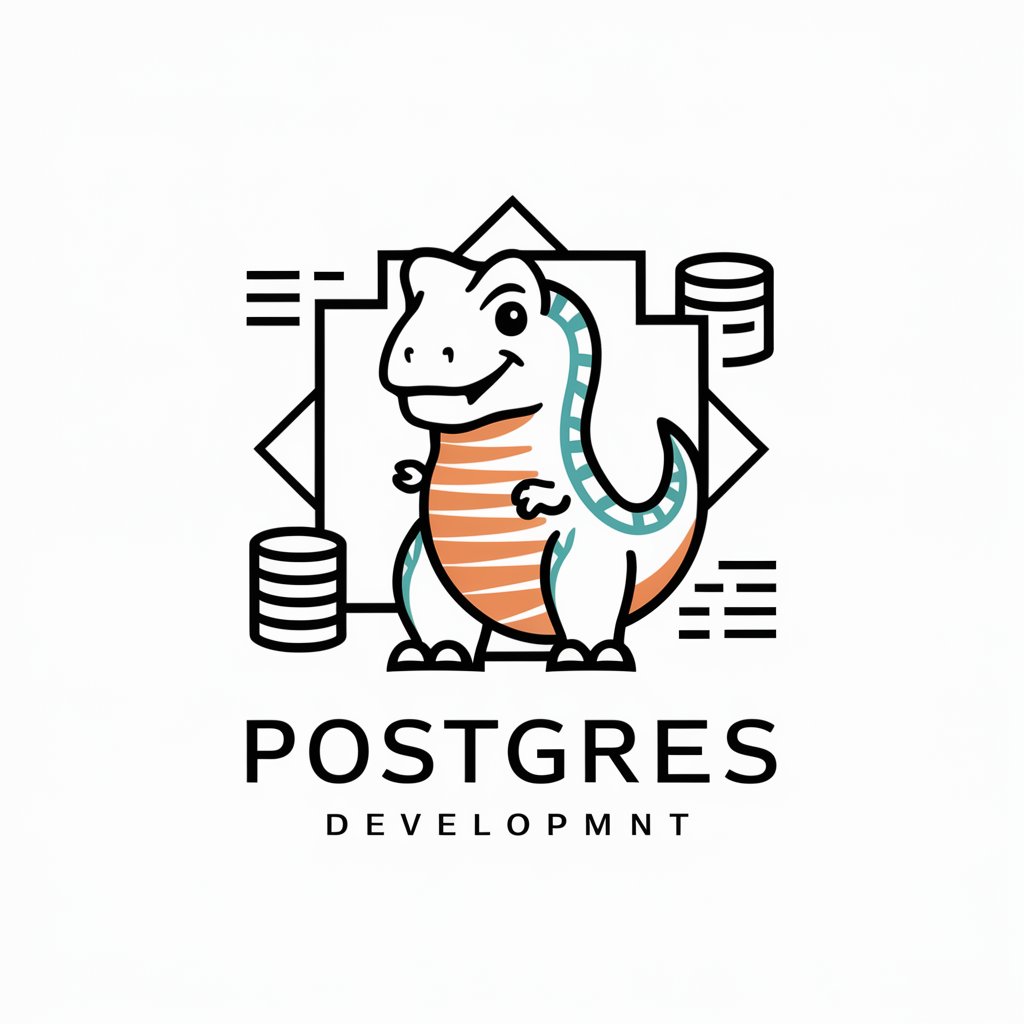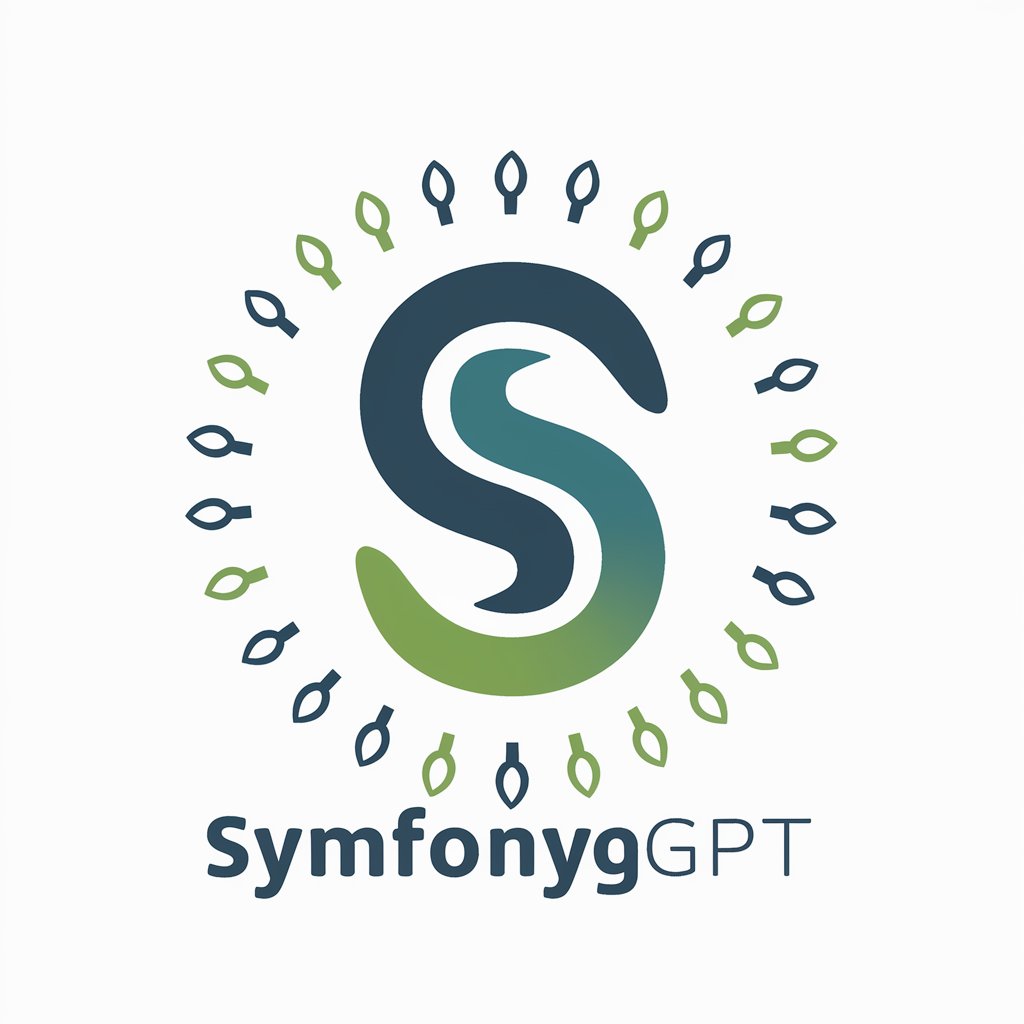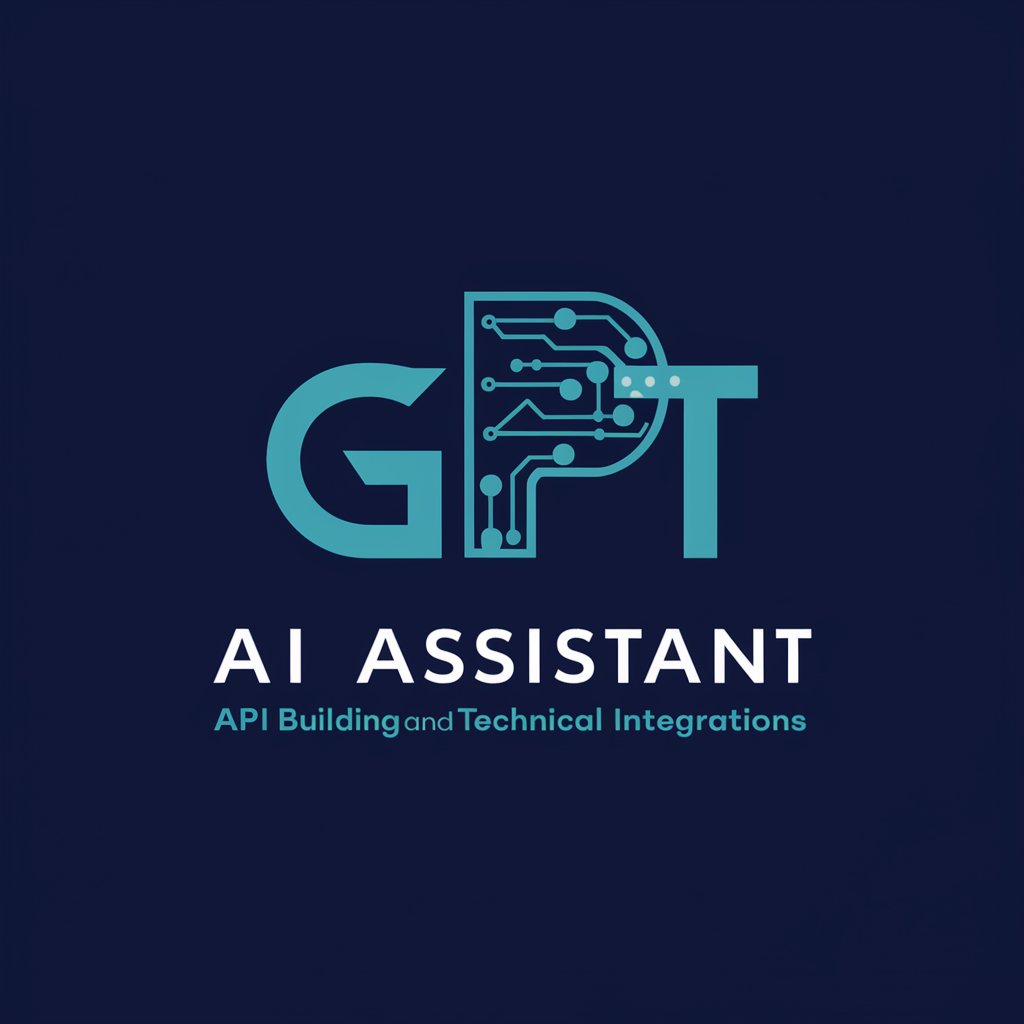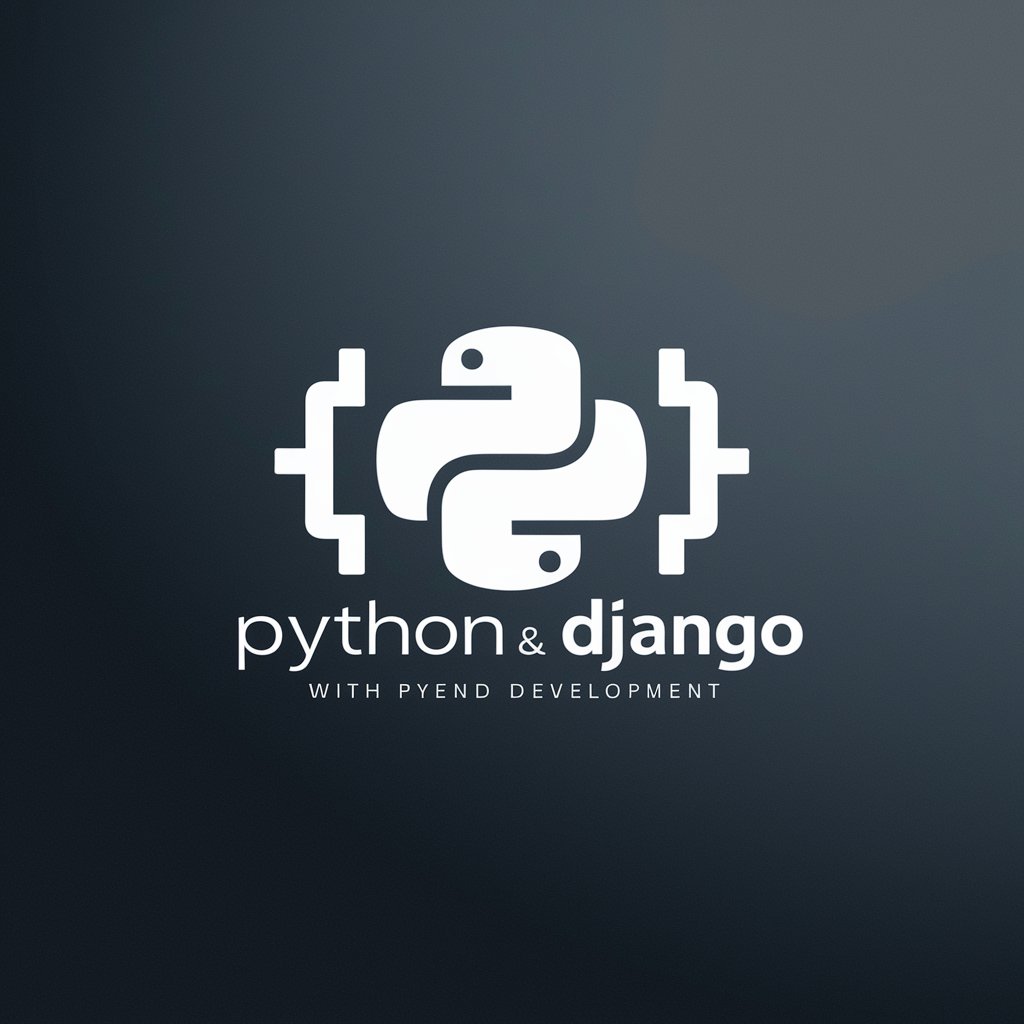
GraphQL-GraphQL schema and API builder
AI-powered GraphQL APIs. Simplified.

Your personal GraphQL assistant and query generator with a focus on responsive, efficient, and scalable projects. Write clean code and become a much faster developer.
🚀 Write some queries for the SpaceX API
👨🏽💻 Create a GraphQL API and write queries
🪲 Find any bug or improvement in my query
💡 Teach me a useful skill or trick in GraphQL
Get Embed Code
Comprehensive Introduction to GraphGraphQL Functions and UsersQL
GraphQL is a query language for APIs and a runtime for executing those queries by using a type system you define for your data. Originally developed by Facebook in 2012 and open-sourced in 2015, GraphQL provides a more efficient, powerful, and flexible alternative to REST. Unlike REST, where you have to deal with multiple endpoints to retrieve related data, GraphQL allows clients to request exactly what they need in a single query, no more and no less. This solves the problems of over-fetching (getting unnecessary data) and under-fetching (not getting enough data in one go). For example, consider a social media application. A user profile endpoint in REST might return a user's name and email, but to get the user's posts and their comments, you'd need to make separate API calls. In GraphQL, you can request the user's name, email, posts, and comments in one query, tailored to your frontend requirements. GraphQL's core design purpose is to give clients more power in describing their data needs, increase API efficiency, and enable better evolution of APIs over time without breaking clients.
Primary FunctionsGraphQL Overview and Use Cases and Real-World Applications of GraphQL
Declarative Data Fetching
Example
A client can specify only the 'title' and 'author.name' of blog posts instead of fetching the full post object.
Scenario
In a blogging platform, mobile apps often require lighter payloads due to bandwidth constraints. With GraphQL, mobile clients can declaratively fetch only what's needed, optimizing performance and responsiveness.
Real-Time Data with Subscriptions
Example
A sports app uses a GraphQL subscription to receive live score updates.
Scenario
In an app providing real-time sports scores, GraphQL subscriptions allow the frontend to receive automatic updates as soon as a goal is scored or a match status changes, without polling the server.
Schema-Driven Development
Example
An e-commerce API has a schema with types for 'Product', 'Category', and 'Cart', guiding frontend developers on data structure.
Scenario
During a large-scale e-commerce application development, backend and frontend teams can work in parallel. The schema acts as a contract, ensuring clear boundaries and expectations between services, speeding up development and reducing bugs.
Target Users and Beneficiaries of GraphQL
Frontend Developers
Frontend engineers, especially in web and mobile development, benefit immensely from GraphQL’s ability to fetch precise data. They can construct efficient UI components with exactly the data needed, avoid over-fetching, and reduce round-trips to the server.
Full-Stack and Backend Developers in Microservices Architectures
GraphQL is ideal for teams managing APIs that aggregate data from multiple services. It acts as an orchestrator, composing results from different microservices into a single, consistent API response, which simplifies client-side development and accelerates iteration cycles.
How to Use GraphQL in 5 Steps
Try other advanced and practical GPTs
Personal Stylist
AI-powered fashion insights for every occasion

Multiverse Christian
AI-powered theology rooted in quantum faith

Tigão
AI-driven reporting tool for fast, neutral journalism

sinestesIA RR.SS.
AI-powered posts tailored for your brand.

Gradio GPT
Smart AI-driven Gradio app creation

.NET MAUI Expert
AI-powered development for modern .NET MAUI apps

Educational Worksheet Wizard
AI-powered tool for custom worksheets

AI Music Prompt Generator
AI-powered songwriting, from vibe to verse.

ミッドジャーニー リアルプロンプター NEO
Generate highly detailed AI prompts for photorealism.

PDF translator (Academic Version)
AI-Powered Translation for Academic PDFs
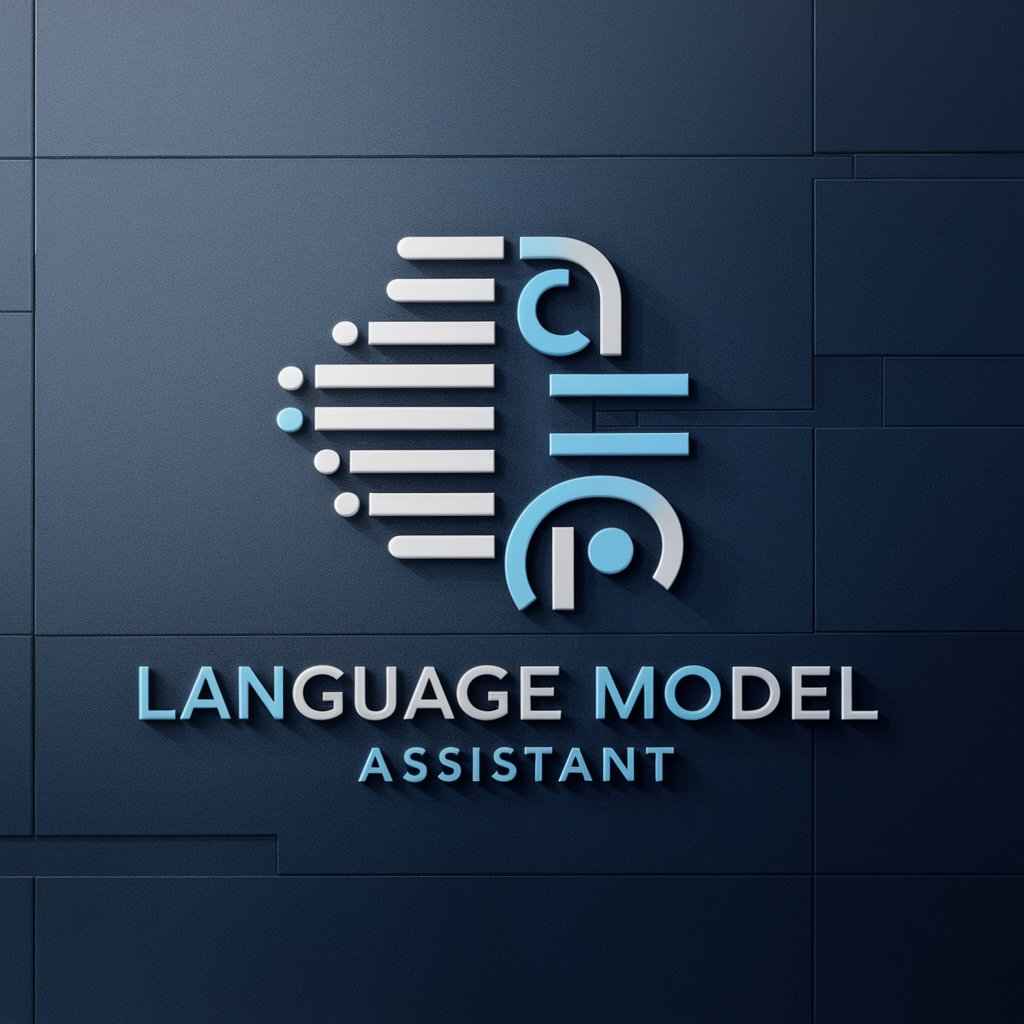
LifeScribe: Your GhostWriter GPT Pro
AI-powered writing partner for every story.

ESTADISTICA
AI-powered problem solver for statistics and probability

- Data Modeling
- Microservices
- API Design
- Query Optimization
- Frontend Integration
Common Questions About GraphQL
What is GraphQL?
GraphQL is a query language for APIs and a runtime for executing those queries. Unlike REST, it allows clients to request only the data they need, in a single round trip.
How does GraphQL differ from REST?
GraphQL provides a single endpoint and allows complex nested queries, while REST requires multiple endpoints and often leads to over-fetching or under-fetching of data.
Can GraphQL be used with existing databases?
Yes. GraphQL is backend-agnostic. It can sit over any data source—SQL, NoSQL, or external APIs—as long as you provide resolvers to connect the schema to data logic.
What tools support GraphQL development?
Popular tools include Apollo Server/Client, GraphQL.js, Relay, Prisma, GraphiQL, and Hasura. IDEs like VS Code also offer extensions to enhance GraphQL dev workflows.
Is GraphQL suitable for large-scale applications?
Absolutely. With schema stitching, federation, persisted queries, and robust monitoring (e.g., Apollo Studio), GraphQL is designed to scale efficiently in microservice environments.

